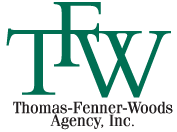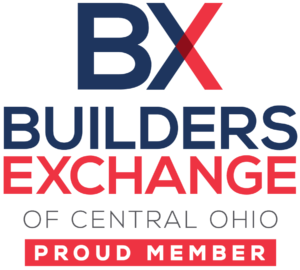National Tragedy Affects The Workplace – Many national tragedies are first learned about while people are at work. Just imagine how many people learned of the September 11th attacks or the assassination of President Kennedy while going about their workday. When such events occur, employees gather around computer screens and televisions to watch the events unfold. They share information, sorrow, and concern; look out for each other; and try to empathize or understand how the tragedy affects fellow co-workers and associates. Workers might simply be at a complete loss about what to do.
Personal Tragedy Affects the Workplace – Personal tragedy, such as an employee, co-worker, or family member’s death or illness; an employee filing bankruptcy, or incidences of home or workplace violence, also commonly have an effect in the workplace. These personal tragedies are typically less public than national tragedies, but there’s still the same sense of wanting to help and not being sure what to do.
Regardless of the type of tragedy, it usually has a substantial impact on workers. There are organizations that provide a support system to help people cope with tragedy and the helplessness and grief that often follows. There are also actions that employers can take to help employees as they experience tragedy in the workplace:
Ensure Safety. In cases where the incident occurs in the workplace, safety is the primary concern. The disaster plan should be implemented immediately. Be sure that the disaster plan includes emergency evacuation routes and a designated meet-up location. Be sure to account for the safety of all employees with an attendance call at the designated meet area.
Assess For Personal Involvement. Offer time off, transportation, moral support, assistance getting more information, and such if the tragedy affects a worker on a personal level. There might also be a need for shelter, compensation, or relocation if the tragedy is something that impacts the workplace on a widespread level, such as a local natural disaster.
Be Understanding. Naturally workers can’t instantly return to everyday work after hearing about a tragedy, or at least not in a productive and safe manner. Distracted and distraught workers are very likely to make errors and poor decisions. So, be understanding and tell the workers that it’s okay to focus their attention on what’s happening. In doing so, workers can resume work safely once their need for information is met.
Offer Information. Information can help workers process whatever is going on. If possible turn a radio, television, or computer into an information portal for the employees to stay informed. This might be confined to a break room only, but it’ll still be an information source. Keep employees as up-to-date as possible, without divulging confidential information. Do recognize that employees might want to call friends and family to gain or share information.
Offer a Talking and Gathering Location. Some find comfort in being close to others during a tragedy. A quiet conference room can provide just such a gathering point. It might also be helpful to provide employees an opportunity for interaction, sharing of grief, encouragement, and support by bringing a lunch for employees to eat in a central location. Encourage a brown bag or potluck lunch for the next few days, as some might take longer than others to share their suffering.
Have a Meeting to Share Information. Regarding personal tragedy, it’s crucial that confidentiality isn’t compromised. Keeping that in mind, it’s important to offer as much factual information as permitted. This will not only keep the rumors down, it’ll also mean that employees will spend less time seeking information from other sources. The meeting might also include how employees or the company can help those involved in the tragedy.
Offer Ways to Help. As evidenced by the overwhelming amount of people that volunteered after Hurricane Katrina and 9/11, many take comfort in easing the pain of others and helping to solve issues. Depending on the context of the tragedy, a company fundraiser event, blood drive, charitable donation, offering of flowers or food, and such might be applicable.
Encourage Employees to Utilize Resources. Make sure that employees are aware if there’s an Employee Assistance Program or counseling through the company health plan available.
Have HR Staff and Managers Available. These staff members are critical during a tragedy and should be visible and available. It’s helpful for key staff members to be seen in all work areas and stop to listen and support those that need it.
Be Prepared. All companies should have a disaster plan that includes plans for any disaster that could occur in the area – fire, earthquake, tornado, hurricane, etc. Every employee should be trained to know appropriate disaster and personal injury actions. It’s too late to make the plan once the disaster has occurred!
Include Grief Training As Part the Training Program. Many are unsure what actions to take after a tragedy; for example, employees might be unsure what to say or do once a widowed worker returns to work. Employees should have grief training that includes such points as the stages of grief, dealing with self-grief, and grief of others. Having this training will help support positive workplace morale and decrease the long-term effects of tragedy.
Everyone will experience some sort of tragedy at some point in life, and those tragedies are very likely to find their way into the workplace. Hopefully, these tips will offer an effective starting point for employers to address tragedy as it unfolds in the workplace.





